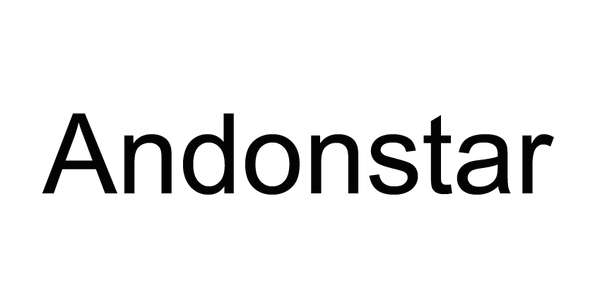A printed circuit board is a panel or plate made up of one or a pair of conductive patterns. They are located on the surface of the dielectric base. In some cases, a system of conducting patterns located on the surface and in the volume of the dielectric base is used. The main purpose of printed circuit boards is to mechanically fasten quantum electronics and electronic technology, as well as to connect them electrically.
Varieties of printed circuit boards
The simplest option is a plate with copper conductors on one side, connecting the elements of the conductive pattern only on its surface. Such products are known as single layer printed circuit boards (PCBs).
One of the most popular options is dual-layer boards (DPP), which contain two layers (the conductive pattern is located on both sides of the product). Through transition and mounting metallized holes are provided to connect conductors. Depending on the complexity of the design, for example, if the wiring becomes too complex, multilayer printed circuit boards (MPP) are ordered from the factory. They are made of alternating layers of insulating material, while the conductive patterns are on two or more signal layers, between which the necessary connections are made. To ensure electrical connection between them, holes with electro-galvanic metallization are used.
Key benefits of multilayer PCBs:
- variability in the number of layers (4, 6, ... 24 and more);
- resistance to mechanical and climatic influences;
- high density and reliability of installation.
The high frequency printed circuit boards are made of special materials and have stable performance. They are combined with conventional FR4, can be used for operation in the range from ten to hundreds of MHz, have high transmission line matching rates.
For production, fluoroplastics are most often used, which are processed in several ways:
- tenting method;
- positive combined.
The combined positive method has a difference: the presence of a phase of applying a metal resist to a copper surface. The production of high-frequency printed circuit boards by the tenting method greatly facilitates the production process, minimizes money and time costs.
A key feature of printed circuit boards: when creating multilayer dielectrics, laminates are used only as the outer layers, while the inner ones are filled with ordinary glass cloth epoxy materials.
A special class of printed circuit boards - with buried and blind holes. They are products with vias, which are made according to the technology:
- drilling to depth with further metallization;
- micro-Via;
- through drilling and metallization of holes in “half-packs” with further general pressing of a multilayer printed circuit board.
In some cases, a combination of the above methods is used.
Rigid-flex and flexible printed circuit boards are manufactured using thin and flexible dielectrics, as well as separate designs. Indispensable in cases where high demands are made on heat removal, for example:
- in engine control systems;
- in power supplies, etc.
They are made on a metal base. In some cases, a printed circuit board is used, supplemented with a metal core and a thick heat-dissipating layer.
Recently, planar transformers have been actively produced, which are separate MPPs and trace elements as part of multilayer printed circuit boards, where the tracks on the PCB play the role of transformer windings or chokes. They are made in the classic way and are separated by layers of insulating material. This allows you to achieve:
- small overall dimensions;
- excellent performance;
- high reliability;
- repeatability of characteristics from product to product.
The PCB technology company is engaged in the production and supply of high-quality printed circuit boards of various types.
